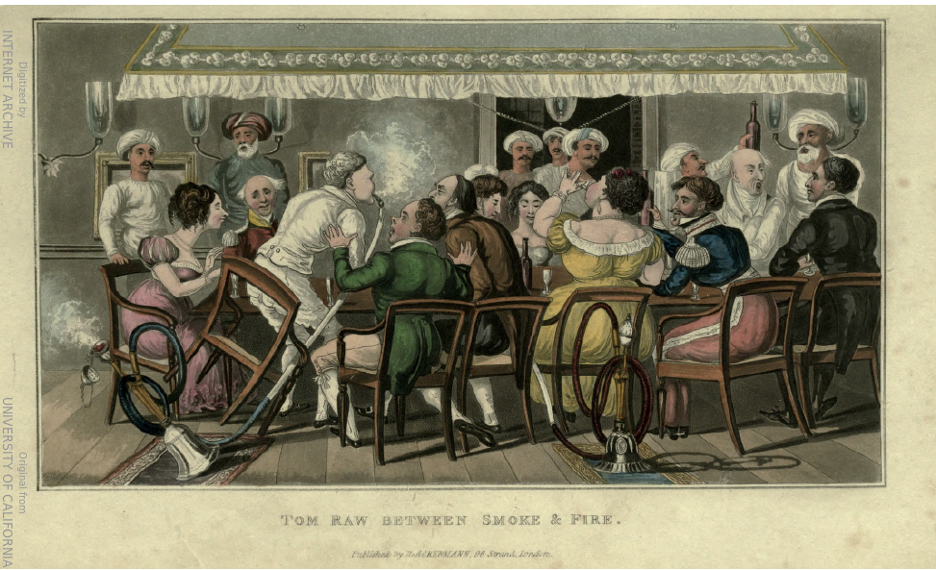Feasts, Famines, Revolutions: The Hungry Nineteenth Century
This course reimagines the long nineteenth century as one driven by its hunger. Focusing on various manifestations of hunger in this period—famines, feasts, food riots, and rebellions—provides a global and visceral understanding of nineteenth-century history, culture, and politics. We begin by evaluating the revolution of regimes and tastes during the French Revolution, a period marked by food shortages, the rise of gastronomy, and the figure of the gourmand. Then, we examine the subject of literal and metaphorical sweetness vis-à-vis sugar and the enslaved bodies that produced it in the textual and visual archives of British and French Abolition. Next, we move from the French Revolution to the Haitian Revolution to weave together a gustatory understanding of Abolitionist rhetoric with representations of the first successful rebellion against enslavement. We see how the vampiric alimentary logic of transatlantic enslavement and global capitalism emerge as interrelated phenomena. A careful analysis of hunger, starvation, and migration follows, ushered in by the potato failures of the 1840s, particularly devastating in Ireland. We then study the role that tea and beef play in the self-representation of both Britain and its colonized subjects. Finally, we close with a discussion of how gastronomy, in the hands of fin de siècle writers, develops into texts and tropes of desire, decadence, and disease.
Texts covered will include: Alexandre Balthazar Laurent Grimod de la Reynière, The Gourmand’s Almanac (1803-1812), The Host’s Manual (1812); Jean-Anthleme Brillat-Savarin, Physiologie du Gôut (1826); Charles Lamb, Essays of Elia (1823); William Fox’s An Address to the People of Great Britain on the Utility of Refraining from the Use of West India Sugar and Rum (1791); Olaudah Equiano, The Interesting Narrative of the Life of Olaudah Equiano, or Gustavus Vassa, the African (1789); Uriah Derick D’arcy, The Black Vampyre (1819); Mrs. Hoare’s Shamrock Leaves (1851); Joseph Sheridan LeFanu’s Green Tea (1871); Elizabeth Gaskell’s Cranford (1853); Krishna Mohana Banerjea’s The Persecuted (1831); Henry Meredith Parker’s “Young India: A Bengal Eclogue;” Richard Leveridge’s “When mighty roast Beef was the Englishman’s Food;” Rudyard Kipling’s Kim (1901); Elizabeth Robins Pennell, The Feasts of Autolycus, or The Diary of a Greedy Woman (1896); Algernon Charles Swinburne’s Poems and Ballads (1896).
This course received a Graduate Student Course Development Grant from the Center for European Studies at the University of Florida. Students in this course also developed a public-facing food history page on Instagram. You can read about the history of passionfruit, biscuits, pepper, plantain, goulash, colonial cookbooks, the afterlife of the Irish Potato Famine, and more on @feasts.famines.revolutions!
Image Details: “Tom Raw Between Smoke and Fire,” Illustration from Anonymous, Tom Raw (R. Ackermann, 1828).
